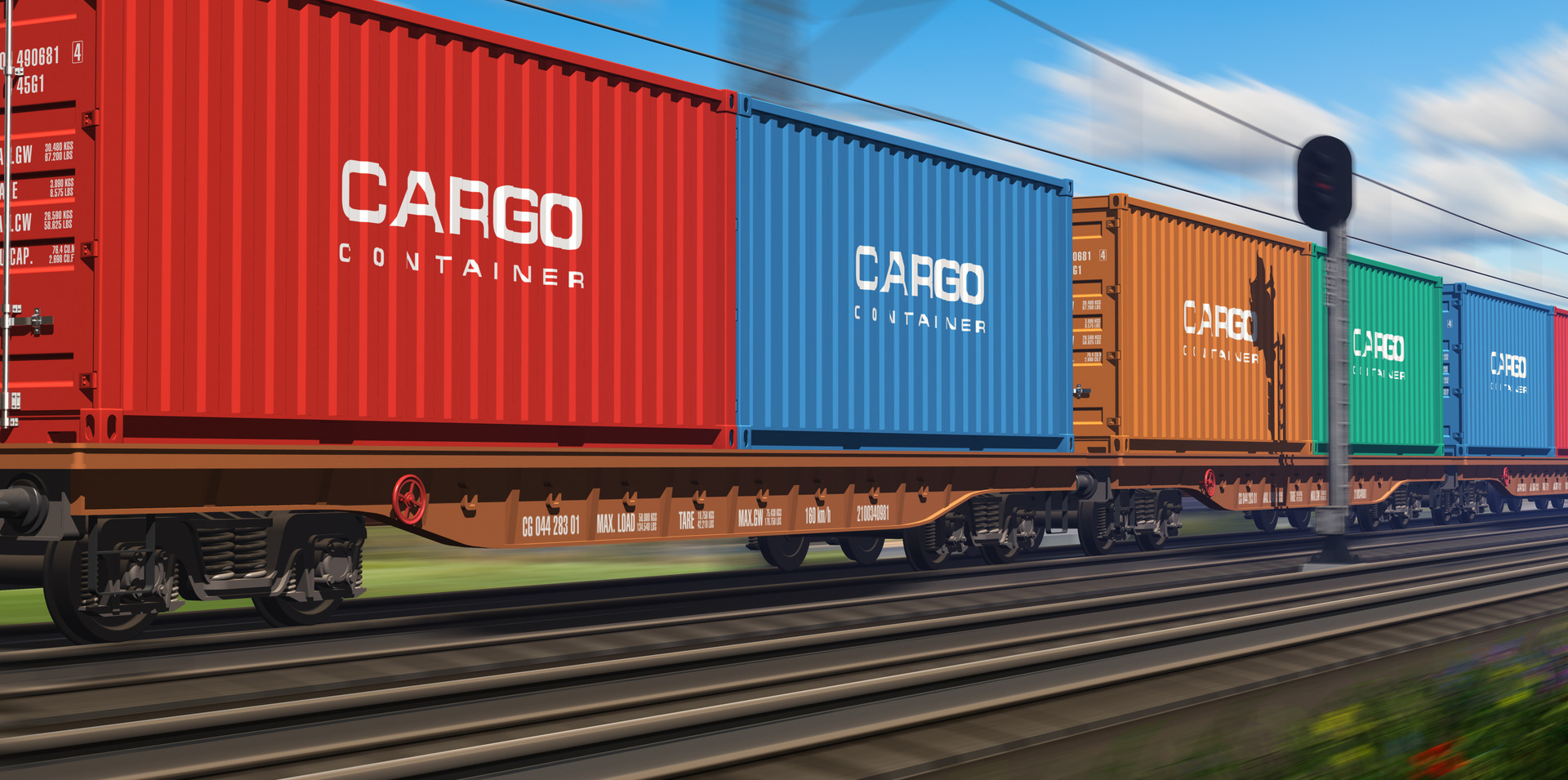
The electrification of heavy transport is an issue that raises far more questions than the analogous process taking place for passenger cars.
What does electrification of rolling stock entail?
First of all, with an increase in costs. If customers agree to higher rates, this cost will pass on to consumers. One of the biggest barriers is the lack of developed charging infrastructure. Adequate investment is needed - generation, storage and grid systems.
In the first few years, it may be much more important for carriers to set up charging stations at their own transport bases, which, unfortunately, involves a significant investment outlay and uncertainty, and also depends on the parameters of local power grids. In this case, the greatest potential for electrification lies with regional and local transports, whose range is smaller, which means less dependence on public instrastructure. Electric trucks require more charger capacity than electric cars. This type of infrastructure is virtually unavailable at public charging points at the moment.
The creation of public infrastructure is hampered by investment uncertainty and the lack of a stable regulatory framework, including ambitious, binding targets for an established transformation strategy. this makes investors unwilling to take the risk of this type of investment. They are also looking for larger groups of potential users, potentially favoring larger carriers and putting smaller players at a disadvantage.
A report by Deloitte and the Re:form Institute (which we strongly encourage you to read - you can find it here) explicitly states that the TSL sector alone will not bear the burden of decarbonization, and the implementation of EU climate policy will not succeed without support, and in order for Poland to continue to be a competitive country in the transport industry, changes in both infrastructure and law will be necessary simultaneously with the introduction of electrification.
The photo comes from the Business Insider website.



